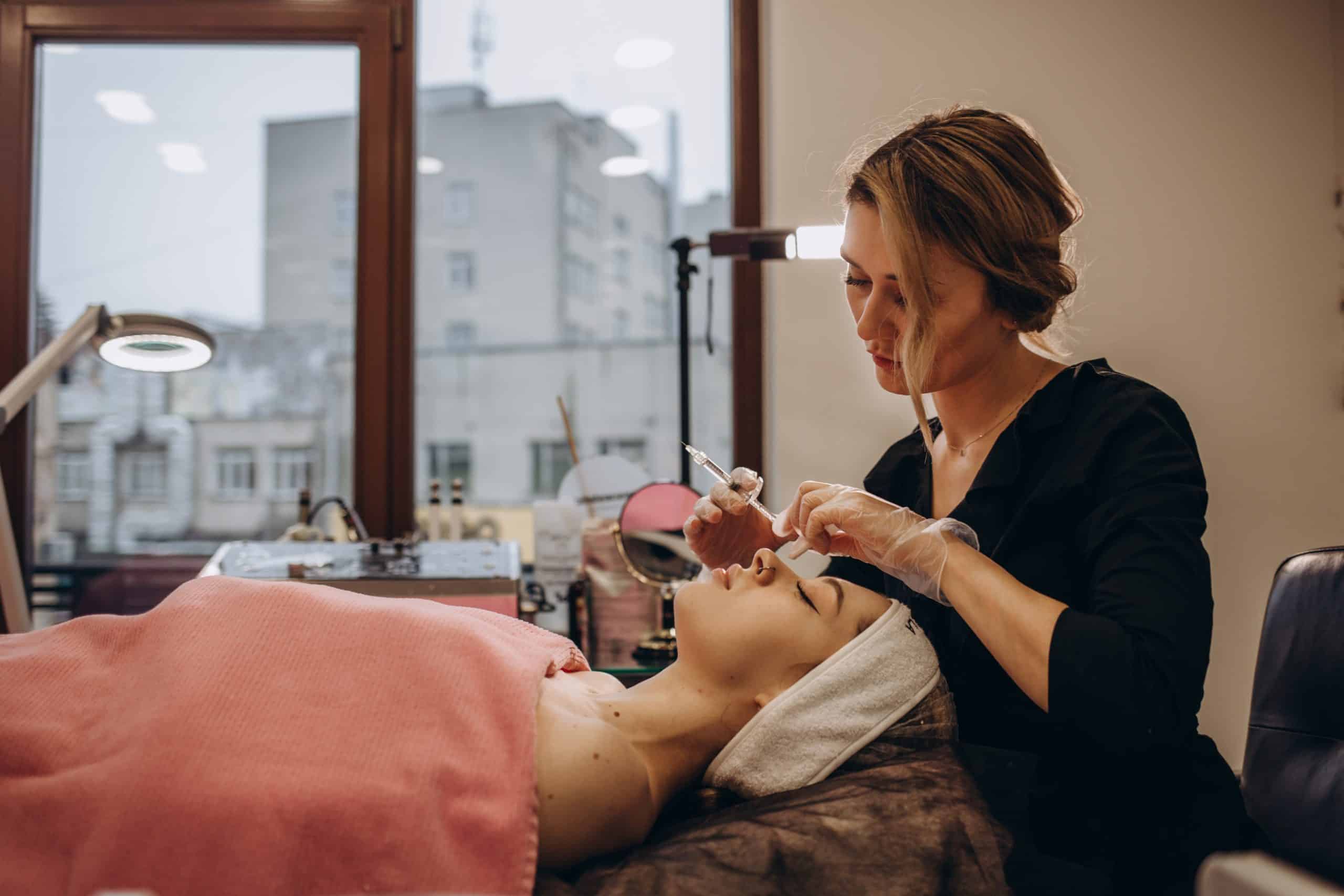How Are Augmented Reality Apps Enhancing UK’s Cultural Heritage Sites?

The blend of augmented reality and the UK’s cultural heritage sites is a match made in the digital realm. What might seem like disparate worlds, one steeped in history and the other in cutting-edge technology, are converging to create a new kind of learning experience. Through mobile applications, individuals get to explore these timeless landmarks with an interactive and immersive twist. This article explores how augmented reality apps are enhancing the UK’s cultural heritage sites, transforming the visitor experience and reshaping the future of learning and cultural exploration.
Augmented Reality: A Digital Revolution in Cultural Learning
Augmented reality (AR) technology, which overlays digital information onto the physical world, has become increasingly popular in recent years. Thanks to tech giants like Google and various innovative start-ups, AR applications are now within reach for most smartphone users.
A lire en complément : How to Organize Community-Based Sports Events for Youth in the UK?
In the realm of cultural heritage, these applications are proving to be game-changers. They are allowing users to step back in time, immersing themselves in the past in a way that traditional museum exhibits simply can’t match. Visitors can now use AR apps to see how ancient buildings would have looked in their heyday or listen to the echoes of history through virtual narratives and reconstructions.
For example, the English Heritage, a charity that manages over 400 historic sites across the UK, has started using AR technology to enhance the visitor experience. In 2019, they launched an AR-based mobile app at Hadrian’s Wall, one of Britain’s most significant Roman sites. With this digital tool, visitors can see a 3D reconstruction of the wall as it would have looked nearly two millennia ago, complete with Roman soldiers on patrol. It’s an experience that brings history to life in a way that static displays and interpretive signs simply can’t.
A découvrir également : How Are Urban Pop-Up Parks Contributing to Community Well-being in the UK?
The Role of Mobile Applications in Augmented Reality
Mobile applications play an essential role in bringing augmented reality experiences to the public. Their user-friendly interfaces and accessibility make them an ideal platform for AR, and they are continually being developed and improved for this purpose.
Indeed, the international scholar conference on AR in 2023 highlighted the importance of mobile apps in the dissemination of AR technology. The event underlined how these apps are becoming increasingly sophisticated, offering users experiences that are more immersive and detailed than ever before.
In the UK, several AR mobile apps focusing on cultural heritage have gained traction. Take, for example, the app created by the National Museum of Scotland. This application allows users to interact with artefacts in the museum’s collection, providing a new layer of depth to the museum-going experience. Users can virtually handle objects, inspecting them from every angle and even peering inside to see how they were made.
Google, too, is making significant strides in this arena with its Google Arts & Culture app. This app uses AR to bring artworks and historical artefacts to life, allowing users to explore them in 3D. Users can also take virtual tours of famous cultural sites around the world, including many in the UK.
Augmented Reality and the International Perspective
The use of augmented reality to enhance cultural heritage is not just a UK phenomenon. Internationally, this technology is being used to bring history to life in new and exciting ways. From the pyramids of Egypt to the Great Wall of China, AR is transforming the way we experience and learn about cultural heritage.
The AR-based heritage applications have also been a hot topic at international conferences in recent years. At the International Council of Museums (ICOM) General Conference in 2023, several sessions were dedicated to exploring how AR is influencing museum practices globally. The consensus was clear: AR has the potential to revolutionise the way we engage with history and culture.
Back in the UK, the influence of these international trends is clear. The country’s cultural heritage sector is keen to keep pace with the latest digital advancements, and AR is certainly high on the agenda.
The Future of Cultural Learning: Augmented Reality and Beyond
Looking forward, it seems likely that augmented reality will continue to play an increasingly significant role in the UK’s cultural heritage sector. With every passing year, the technology becomes more sophisticated, the applications more varied, and the user experience more immersive.
There’s also the potential for AR to be used in conjunction with other emerging technologies, such as virtual reality (VR) and artificial intelligence (AI). These technologies could combine to create incredibly rich and immersive experiences, further blurring the line between the past and the present.
It’s an exciting time for cultural learning. With the help of augmented reality and other digital technologies, the UK’s heritage sites are becoming more accessible and engaging than ever before. The future of cultural heritage is here, and it’s augmented.
Conclusion
In conclusion, augmented reality is playing an increasingly important role in the UK’s cultural heritage sector. By bringing history to life in new and immersive ways, AR is enhancing the visitor experience at heritage sites across the country. And with the continued development and advancement of this technology, the future for cultural learning looks very bright indeed.
Augmented Reality in the International Arena: A Global Perspective on Heritage Education
The use of augmented reality in the realm of cultural heritage isn’t just significant in the UK. This technology has found its way across borders, creating a global revolution in heritage education. From Egypt’s famed pyramids to the long stretches of the Great Wall of China, AR is rewriting how we experience and comprehend our shared cultural heritage.
International conferences, such as the ICOM General Conference in 2023, have amplified the global conversation on AR’s role in museums and cultural sites. These gatherings act as hubs for scholars to discuss and share their research and experiences with AR-based applications, mobile learning, and serious games in heritage education.
For example, the ICOM Conference had dedicated sessions discussing how AR influences museum practices worldwide. A consensus was achieved: AR holds the potential to fundamentally transform our interaction with history and culture. Such proceedings from international conferences are a testament to the fast-growing interest in augmented reality’s role in heritage education.
The influence of these global trends is apparent in the UK. The country’s cultural heritage sector is eager to keep up with the latest digital developments, with AR being a major focus. The UK, in essence, is not just a participant but also a leader in this digital revolution in cultural heritage, adopting and innovating AR applications to create immersive and enriching user experiences at numerous heritage sites.
Anticipating the Future: The Intersection of Augmented Reality, Virtual Reality, and AI
As we look to the future, it’s clear that augmented reality will continue to significantly shape the UK’s cultural heritage sector. With each passing year, this technology advances, becoming more refined and offering a wider range of applications. Consequently, the user experience is increasingly immersive and engaging.
The potential for AR to synergise with other emerging technologies such as virtual reality (VR) and artificial intelligence (AI) is also an exciting prospect. The combination of these technologies could result in incredibly rich and immersive experiences, further dissolving the lines between past, present, and future. One can imagine VR transporting users to historically accurate recreations of ancient times, with AI providing interactive, personalised tours and AR overlaying additional insights and context in real-time.
This is an exhilarating era for cultural learning. With the support of augmented reality and other digital technologies, the UK’s heritage sites are becoming more accessible and engaging. The future of cultural heritage is unfolding before our eyes, and it’s being enriched and augmented by digital content.
Conclusion
In conclusion, the role of augmented reality in the UK’s cultural heritage sector is evolving and expanding. By transforming history into immersive experiences, AR is enhancing visitor experiences at heritage sites across the country. The continuous advancement of this technology, coupled with the anticipation of its integration with VR and AI, makes the future of cultural learning bright and promising. Undeniably, the application of augmented reality in the field of cultural heritage is not just a passing trend. It’s a significant development that’s here to stay, shaping the way we interact with, learn from, and appreciate our shared history and culture.
